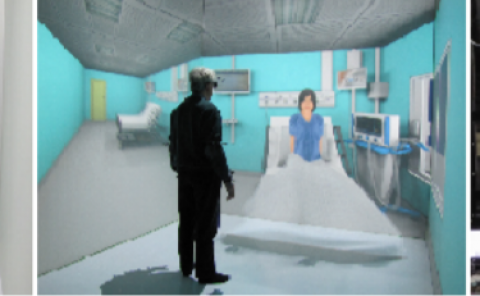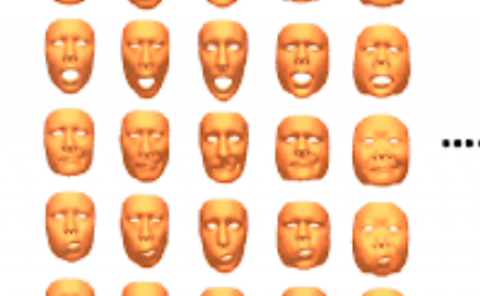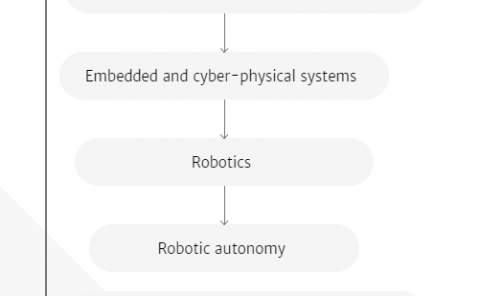Measuring understorey vegetation structure using a novel mixed-reality device
PubDate: June 2022
Teams: Rice University
Writers: Daniel Gorczynski,Lydia Beaudrot
PDF: Measuring understorey vegetation structure using a novel mixed-reality device

Abstract
Most ecological studies of vegetation structure have relied on manual field measurements that are labour-intensive and time-consuming. Many current alternatives to classical measurements are expensive or difficult to transport to field settings.
Here we evaluated a new method for measuring understorey vegetation with a novel mixed-reality, remote sensing device, the Microsoft HoloLens. We developed a vegetation sensing application called VegSense that allows the HoloLens user to control the device’s environmental scanners to measure understorey vegetation. Using VegSense, we tested the ability of the Microsoft HoloLens relative to classical field measurements to (a) detect trees and saplings, (b) measure diameter at breast height (DBH), (c) detect individual understorey vegetation structures and (d) estimate understorey vegetation complexity replicating the rod-transect method.
We found that VegSense performed well in detecting and measuring trees with a DBH of 17 cm or more and estimating vegetation complexity and performed moderately at detecting understorey vegetation.
Our results indicate that the HoloLens is a suitable alternative for multiple classical field measurements of understorey vegetation. This method costs much less than typical terrestrial LiDAR systems, and can facilitate efficient, high-quality environmental data collection. Further software development has the potential to reveal additional ways in which this device can be harnessed for applications to ecology and evolution.



